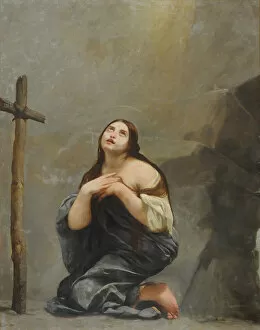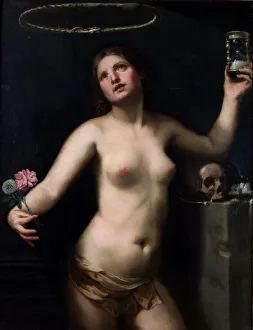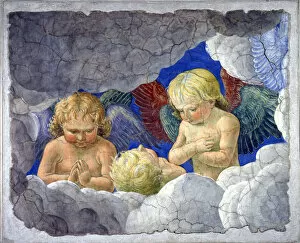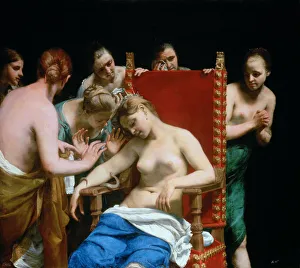School Of Forli Collection
The School of Forli, led by the talented artist Guido Canlassi (also known as Cagnacci), was a prominent artistic movement in Italy during the 17th century
All Professionally Made to Order for Quick Shipping
The School of Forli, led by the talented artist Guido Canlassi (also known as Cagnacci), was a prominent artistic movement in Italy during the 17th century. Known for their exquisite attention to detail and emotional depth, the works produced by this school continue to captivate audiences today. One notable masterpiece from this period is "The Repentant Mary Magdalene" created between 1637-1639. Canlassi's portrayal of Mary Magdalene's remorse and redemption is both poignant and powerful, showcasing his mastery of capturing human emotions on canvas. Another remarkable piece is "The Rape of Europa, " painted around 1650. This mythological scene depicts Zeus disguised as a bull abducting Europa, showcasing Canlassi's ability to bring classical tales to life with his brushstrokes. In addition to these narrative paintings, the it also excelled in creating ethereal angelic figures such as the "Musician Angel" from circa 1480. These celestial beings are depicted playing various musical instruments, evoking a sense of heavenly harmony that resonates with viewers. Amongst their allegorical works stands out "Allegoria del Tempo (Allegory of Time)" from approximately 1650. This painting explores the concept of time through symbolic imagery, inviting contemplation on its fleeting nature and impact on human existence. Guido Canlassi's talent extended beyond religious themes and allegories; he also showcased his skill in portraiture with pieces like "The Death of Cleopatra" dating back to around 1662. In this work, he captures Cleopatra's tragic demise with great sensitivity and attention to detail.











